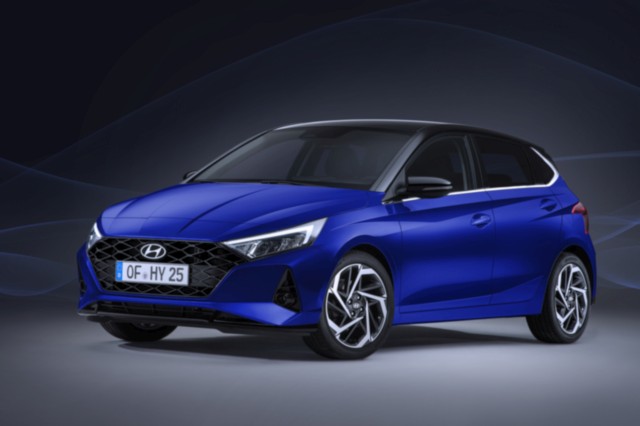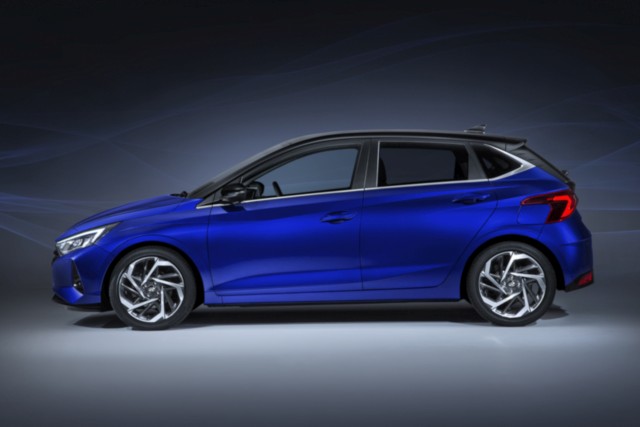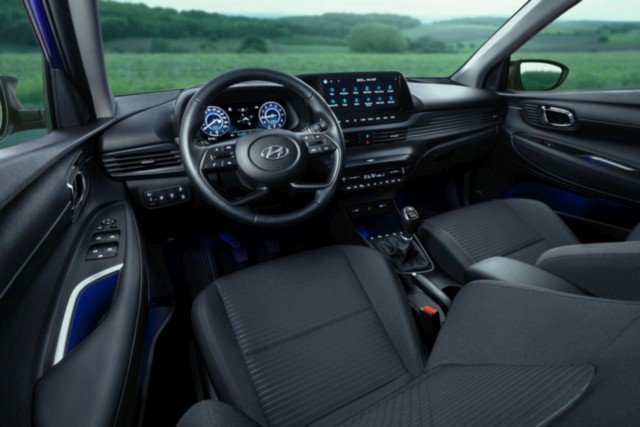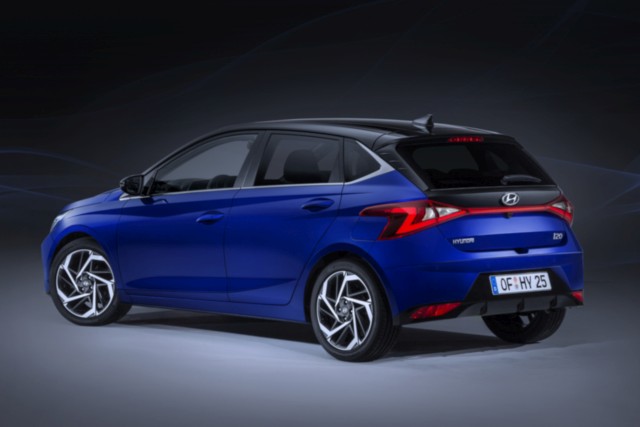The next-generation new Hyundai i20 details are out and it’s quite a stunner with several powertrain combinations and high-level safety tech on offer.

The Hyundai i20 has come a long way since it replaced the Getz internationally. The premium compact hatchback has gone from being a stylish but quirky creation to a well-equipped and extremely capable all-rounder over the past decade and, now, the new model aims to raise the bar even higher.

First, the new design. The new Hyundai i20 has a completely new design inspired by Hyundai’s ‘Sensuous Sportiness’ identity, while being equipped with comprehensive connectivity features and a best-in-class advanced safety package. The third-generation Hyundai i20 has a lower and sleeker appearance with a more planted look as well. The stylish character is emphasized by the sharp and edgy design for the front and rear bumpers as well as the new radiator grille. The rear is distinct with lightning bolt-shaped tail-light clusters with a bar across the hatch back connecting them. The stance comes courtesy a roof lowered by 24 millimetres, a 30-mm wider body that’s also 5 mm longer, with the wheelbase up by 10 mm.

Second, the new interior. The new Hyundai i20’s interior has an airy feeling inside the cockpit, while appearing sculptured and appealing. One highlight is the horizontal blades that cover the high and prominent dashboard, complementing the wide centre display. The new 10.25-inch digital cluster and 10.25-inch centre touchscreen have been visually combined to increase the elegance and the visual comfort of the interior. Apple CarPlay and Android Auto are now available with a wireless solution, too. A wireless charging pad is also present, as is a Bose premium sound system; optional, of course. The steering wheel has modern toggle switches, with its colour accents matched with the interior. The interior lighting uses blue LED ambient light technology. Customers can also choose from three interior colour trims.
Hyundai’s Bluelink suite is also offered, bringing significant customer benefits for safety and security, control, and connectivity. The latest version offers a range of new benefits and services for customer with regard to safety and security, control, and connectivity. It uses telematics to transfer real-time data such as weather and traffic information, as well as real-time parking updates and local fuel and charging station information including prices. New features include Connected Routing, Last Mile Navigation and live parking information with on-street parking information, and a new user profile feature, as well as remote features via the Bluelink smartphone app. Bluelink comes with a free five-year subscription.
Third, the safety kit. ABS, traction control, stability control and airbags may seem like big kit in our market but, today, they form the bare-essential safety equipment overseas. The new Hyundai i20 gets Hyundai SmartSense safety features, complying with the highest European safety standards. The feature now include Navigation-based Smart Cruise Control (NSCC), Intelligent Speed Limit Assist (ISLA), and Lane Following Assist (LFA), which should allow for a significant amount of autonomous capability on well-marked roads with appropriate road signs.
There’s also Blind-spot Collision-avoidance Assist (BCA) with radar to monitor rear corners and alert if another vehicle is detected, Forward Collision-Avoidance Assist (FCA) with autonomous braking function that detect cars, pedestrians and cyclists, Driver Attention Warning (DAW) helps monitor driving patterns to detect fatigued driving and prevent potential accidents, Leading Vehicle Departure Alert (LDVA) warns the driver when the vehicle ahead of them starts moving forward in cases where there is a delay to their reaction, for example at traffic lights, Rear Cross-traffic Collision Assist (RCCA) that warns in case of the risk of a rear collision, backed by Parking Collision-avoidance Assist – Reverse (PCA-R) with automatic braking, Parking Assist (PA) that allows for semi-autonomous parking, Lane Keep Assist, and even High Beam Assist (HBA).
The new Hyundai i20 is also equipped with eCall, which allows the vehicle’s occupants to contact emergency services at the press of a button, or automatically in the case of airbag deployment.

Finally, the powertrains. The new Hyundai i20 line-up begins with the 1.2-litre, 4-cylinder, naturally aspirated, petrol engine making 83 hp and 114 Nm. It will be offered in the entry models, paired with a 5-speed manual transmission.
Next up are the 1.0-litre, 3-cylinder, turbocharged petrols with direct injection making either 100 hp or 120 hp and 172 Nm. This engine can be equipped with a among a selection of transmissions from a 6-speed manual or intelligent manual (iMT) to the 7DCT 7-speed dual-clutch automatic. A 48-volt mild-hybrid version will also be offered as an option for the 100-hp version but standard with the 120-hp version, paired with either the iMT or DCT. The mild-hybrid system assists with start/stop functionality, energy regeneration and other fuel-saving systems to boost efficiency even further. The iMT also supports coasting mode where it decouples the engine. Two coasting levels are available: with the engine idling and with the engine turned off.
Though not in Europe yet, we expect to see the 1.5-litre 4-cylinder turbo-diesel engine with 100 hp and 240 Nm, as in the Aura and Venue available here. It should be offered with manual transmission with, perhaps, an automatic option as well; seeing as how automatic cars sales have seen a steep increase over the past few years.
Also read: Hyundai i20 N Line Hot-hatch




















Leave a Reply